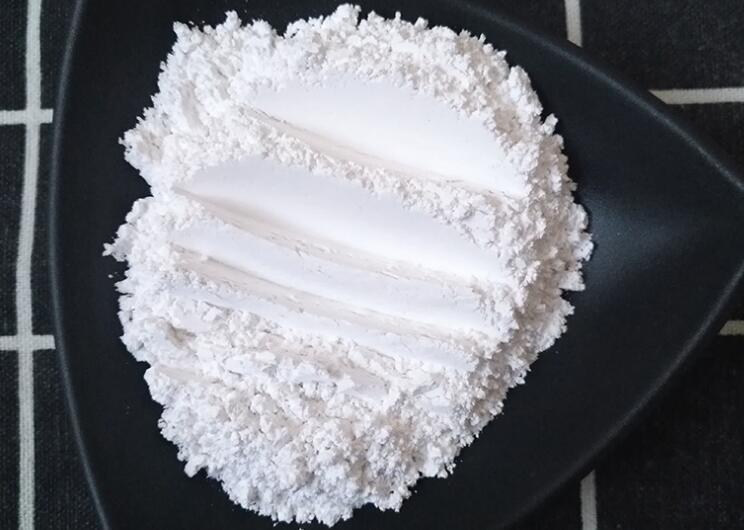Improving magnesium hydroxide production efficiency: Optimizing the bischofite-lime milk precipitation process

Magnesium hydroxide (Mg(OH)₂) has attracted much attention due to its wide range of applications in environmental protection, flame retardant, medicine and other fields. The hydrochlorite-milk of lime precipitation method is a common process for preparing magnesium hydroxide. By optimizing this process, the quality and yield of magnesium hydroxide can be significantly improved. This article will explore how to optimize this process and the key factors in the optimization process.
Raw material preparation
Choosing high-purity hydrocite and lime milk is the key to ensuring the quality of magnesium hydroxide. Hydrocite is usually derived from salt lakes or seawater as a by-product of potassium extraction, while lime milk can be produced by calcining limestone.
Process optimization
Precipitation reaction:
By adjusting the pH value of the reaction, the precipitation rate and particle size of magnesium hydroxide can be controlled. Usually, the pH value is controlled between 10-12 to promote the precipitation of magnesium hydroxide.
Reaction temperature also affects the quality and rate of precipitation. Appropriate reaction temperature can speed up the reaction, but too high a temperature may lead to uneven particle size of the precipitation.
Filtration and washing:
Filtration and washing after precipitation are essential to remove impurities and improve product purity. Vacuum filtration and multiple washings can effectively remove residual chloride and other soluble impurities.
Drying and calcining:
The drying process requires temperature and time control to prevent the decomposition of magnesium hydroxide. Generally, low temperature (less than 100°C) drying is used.
The calcination process is used to further improve the purity and stability of the product. The calcination temperature is usually controlled between 500-800°C.
key factors
Reaction conditions:
The pH value, temperature, stirring speed and reaction time of the reaction will all affect the precipitation quality and yield of magnesium hydroxide.
Raw material quality:
The purity of chlorite and milk of lime directly affects the quality of the final product. High-purity raw materials can reduce the introduction of impurities.
Post-processing process:
The process conditions of filtration, washing, drying and calcination need to be precisely controlled to ensure product quality and consistency.
Optimizing the hydrocite-milk of lime precipitation method can significantly improve the quality and yield of magnesium hydroxide. By precisely controlling reaction conditions, raw material quality and post-treatment processes, high-purity magnesium hydroxide can be produced to meet different application needs. Future research and development will continue to focus on improving raw material utilization, reducing energy consumption and reducing environmental pollution to achieve a more sustainable and economical production process.








